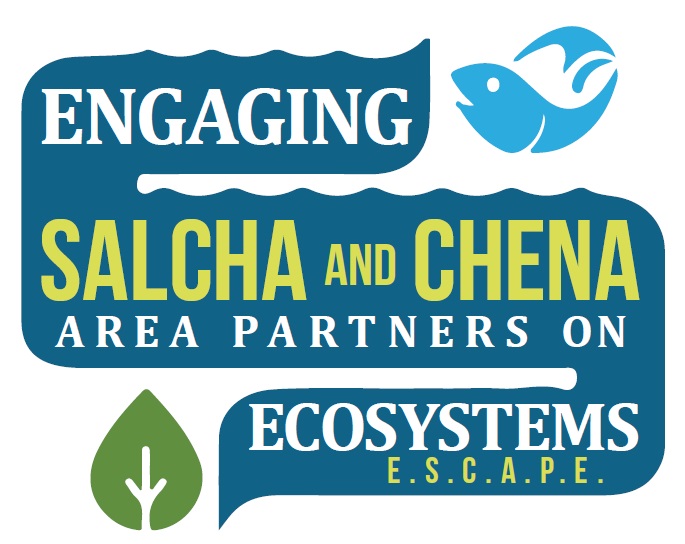Streambank Restoration
Buffers of healthy native plants growing between human development and streams provide:
Critical wildlife habitat
Filtration of pollutants
Erosion prevention
Passive Restoration Techniques
Often all that is needed to restore a damaged streambank is simply to protect the land from disturbance and give the native plants time to grow back. Streamside landowners and users are encouraged to stop clearing plants near stream banks.
Bioengineering Restoration Techniques
Sometimes streambanks need to be "hardened" or stabilized, due to a high risk of erosion or excessive habitat damage. For these areas, a number of successful engineering techniques can simultaneously harden the bank and create wildlife habitat. Streambank bioengineering projects often use some combination of root wads, trenches of willow branches, cabled spruce tree bundles, or mats of native plant vegetation.
Current Projects
Riverbank Restoration at the Big I
Prominently located on the banks of the Chena in the heart of downtown Fairbanks, the Big I is a prime location for both baby salmon and recreating humans. Big I owner John Jackovitch sought to restore the crumbling streambank in a way that served local wildlife, stabilized the bank for a future bike and pedestrian path, and provided better river access for ice skaters and boaters.
Thanks to a partnership between Mr. Jackovitch, U.S. Fish and Wildlife Service, Tanana Valley Watershed Association, Alaska Dept. of Fish and Game, Alaska Dept. of Environmental Conservation, City of Fairbanks, and Great Northwest, root wads and trenched willow branches now line the shores along the Big I property.



